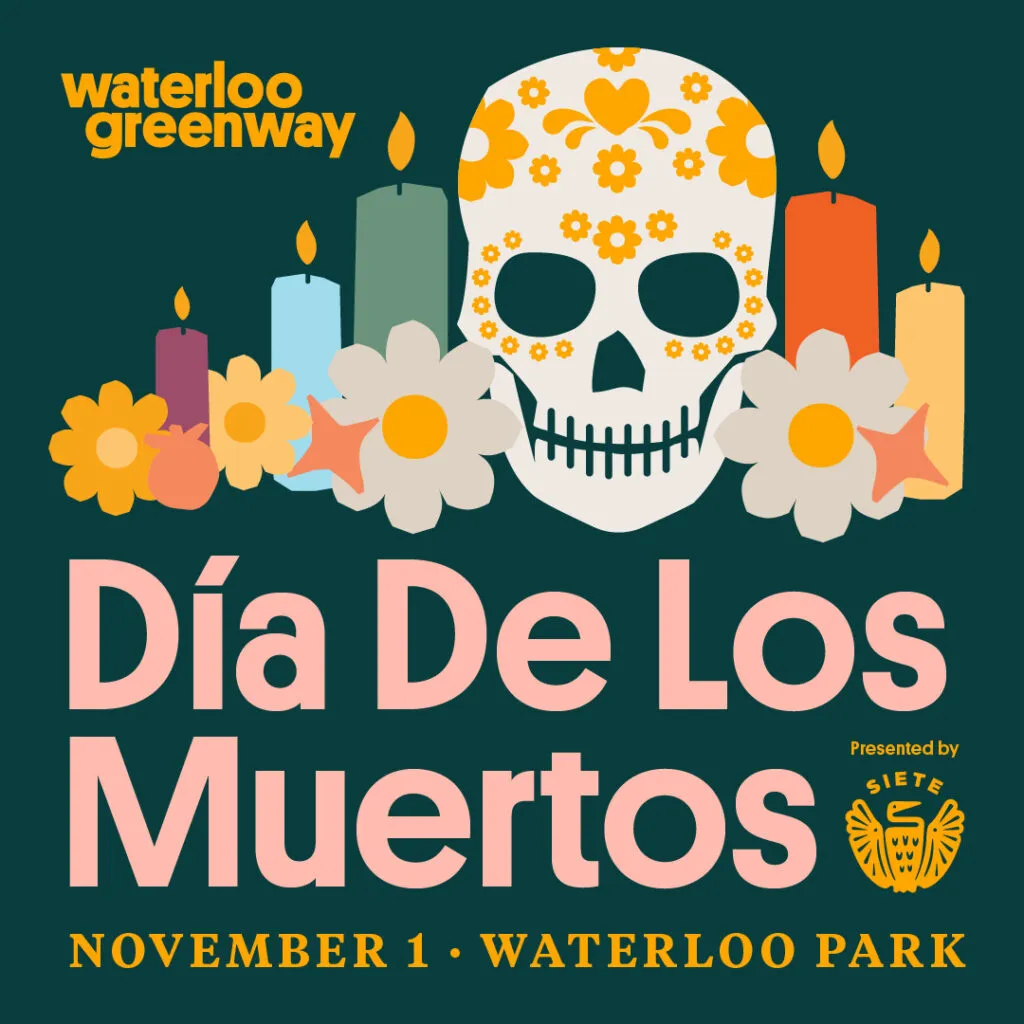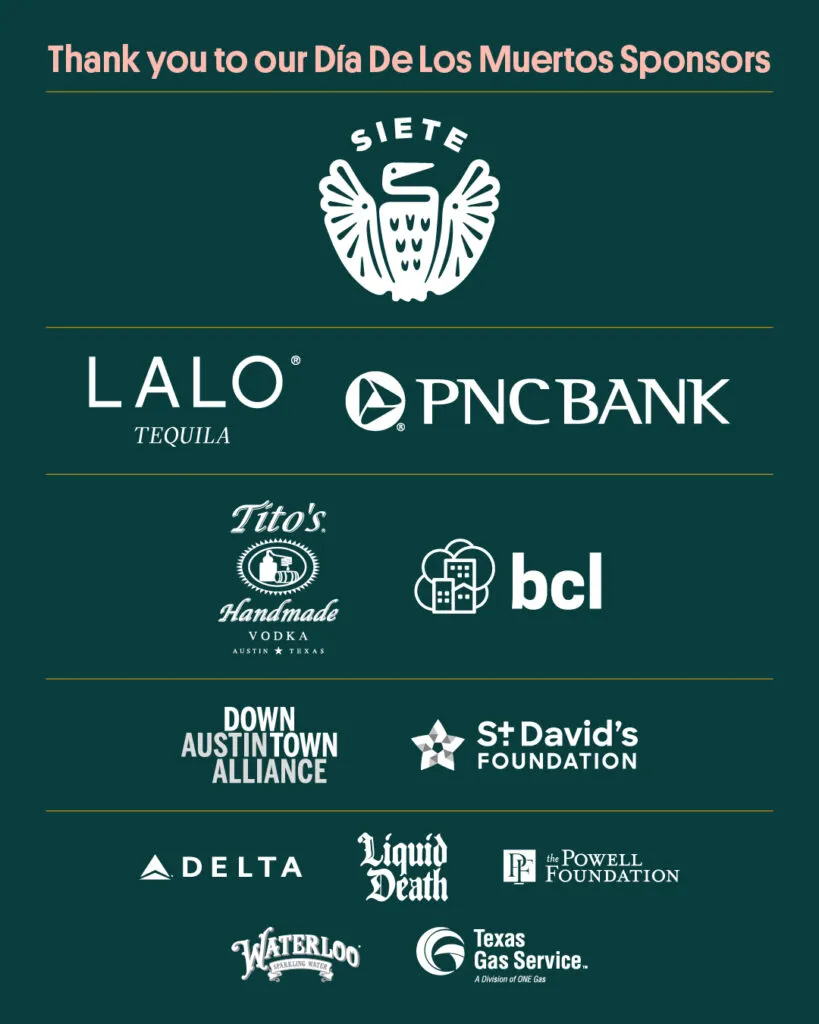The Day of the Dead, or Día de los Muertos, is a vibrant and meaningful festival celebrated widely in Mexico and spreading to many Latin American countries and communities worldwide. It’s not merely a day to remember the deceased but also an occasion to honor life and connect with ancestors, expressed through unique customs and rituals. Let’s explore the distinctive features of Día de los Muertos, where the past and present blend to create a colorful cultural tapestry.
Día de los Muertos Festival: A Unique Cultural Intersection
Día de los Muertos is not just a simple festival but a convergence of cultural, historical, and spiritual elements. It reflects how Mexicans perceive death, not as an end but as part of the cycle of life. This festival is a moment for family and friends to gather, remember, and pray for loved ones who have passed away.
Ofrendas: Vibrant Offering Altars
Ofrendas, or offering altars, are the most distinctive symbol of Día de los Muertos. These altars are set up to welcome the souls of the deceased back to visit their families. Each ofrenda is a unique work of art, expressing the emotions and memories of the living for those who have passed.

On an ofrenda, people often place items the deceased enjoyed in life, such as food, drinks, cigarettes, and memorabilia. Marigolds (cempasúchil) are widely used for decoration, with their bright yellow color symbolizing light and life, guiding souls back home. Candles are also essential, representing hope and illumination.
Alebrijes: Magical Guiding Creatures
Animals play a crucial role in many Mexican traditions, and Día de los Muertos is no exception. “Alebrijes” are guiding creatures depicted in Mexican folk art as lively, fantastic beings.

Alebrijes often take shapes of dragons, lizards, and other mythical creatures, signifying protection and guidance for souls on their journey. During Día de los Muertos, alebrije figurines are placed on ofrendas to show respect and the desire for loved ones to be safeguarded in the afterlife.
Calaveras: The Sweet Skull Symbol
Calaveras, or sugar skulls, are another popular symbol of Día de los Muertos. These skulls are often made of sugar, decorated with vibrant colors and intricate patterns. Calaveras are not meant to be frightening but rather a way to embrace and honor death.
People often carve the names of the deceased onto calaveras and place them on ofrendas as a form of remembrance and tribute. Additionally, calavera makeup is a common practice, highlighting the connection between the living and the dead during the festival.
Music and Dance: Joy in Remembrance
Music and dance are integral to Día de los Muertos. The cheerful melodies and lively dances are not only entertaining but also a way to celebrate life and connect with ancestors.

Mariachi, a traditional music genre of Mexico, is often performed during Día de los Muertos. The joyful and emotional mariachi songs express feelings and memories of loved ones who have passed away. Alongside, folk dances are performed, demonstrating the connection between generations and respect for traditions.
Culinary Delights: Flavors of Memory
Cuisine plays a vital role in Día de los Muertos, with traditional dishes prepared to offer and share with family and friends. Each dish carries a unique meaning, evoking memories and bonds associated with the deceased.
Pan de Muerto, or Bread of the Dead, is a signature pastry of Día de los Muertos. It has a distinctive shape, adorned with crossbones-shaped dough pieces and sprinkled with sugar. Pan de Muerto symbolizes the bond between the living and the dead, and is often placed on ofrendas for offerings.
Additionally, traditional dishes like tamales, mole, and atole are prepared and shared during the festival. These foods represent not just nourishment but also symbols of love and memory.
Día de los Muertos: More Than Just a Festival
Día de los Muertos is not merely a religious or cultural festival but also a symbol of family unity, love, and respect for ancestors. This celebration reminds us of life’s finitude and the importance of cherishing loved ones.
Through its unique and colorful traditions, Día de los Muertos provides profound insights into Mexican culture and its approach to dealing with death. It’s a festival worth experiencing, not only to explore unique customs but also to feel the warmth and family bonds within a special cultural setting.
Make sure to visit Mexico during Día de los Muertos to witness and experience these unique traditions firsthand. You will not only be immersed in the lively festival atmosphere but also gain a deeper understanding of Mexican culture and its people.